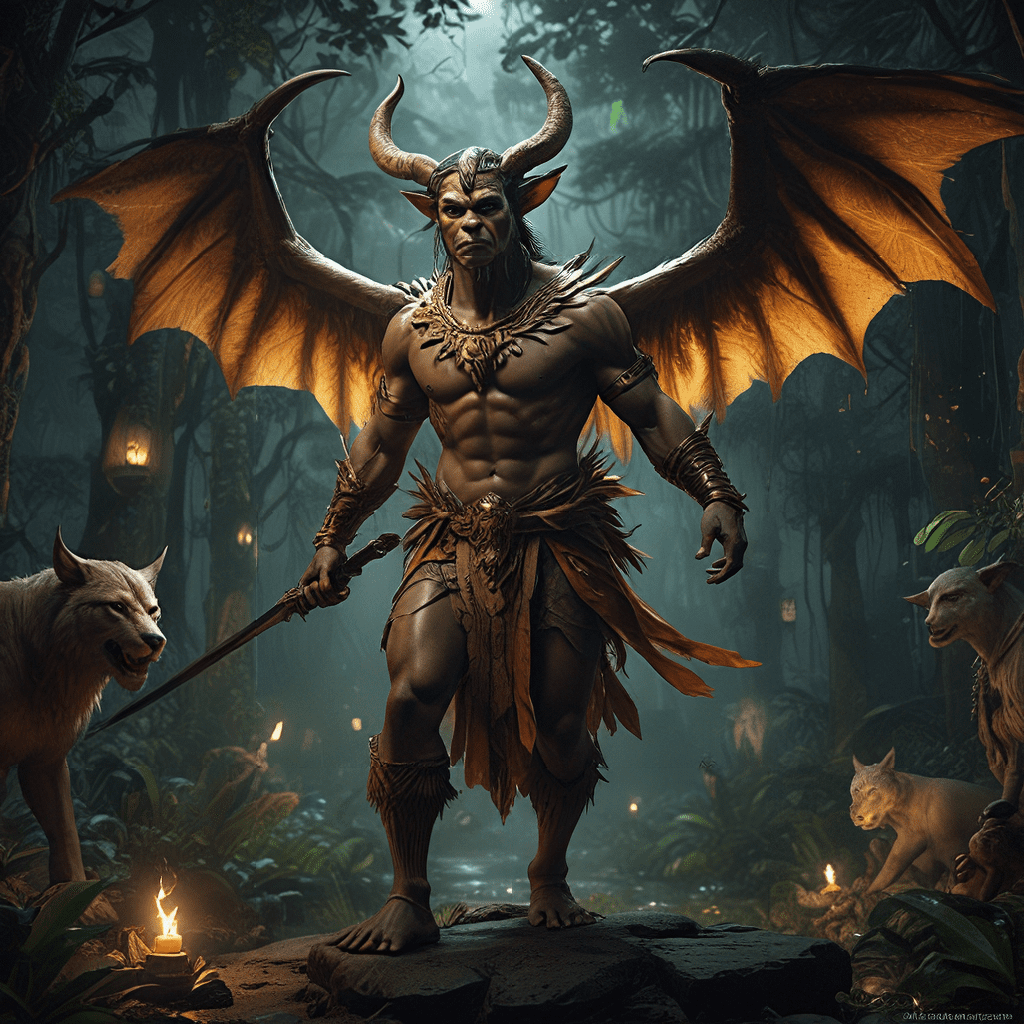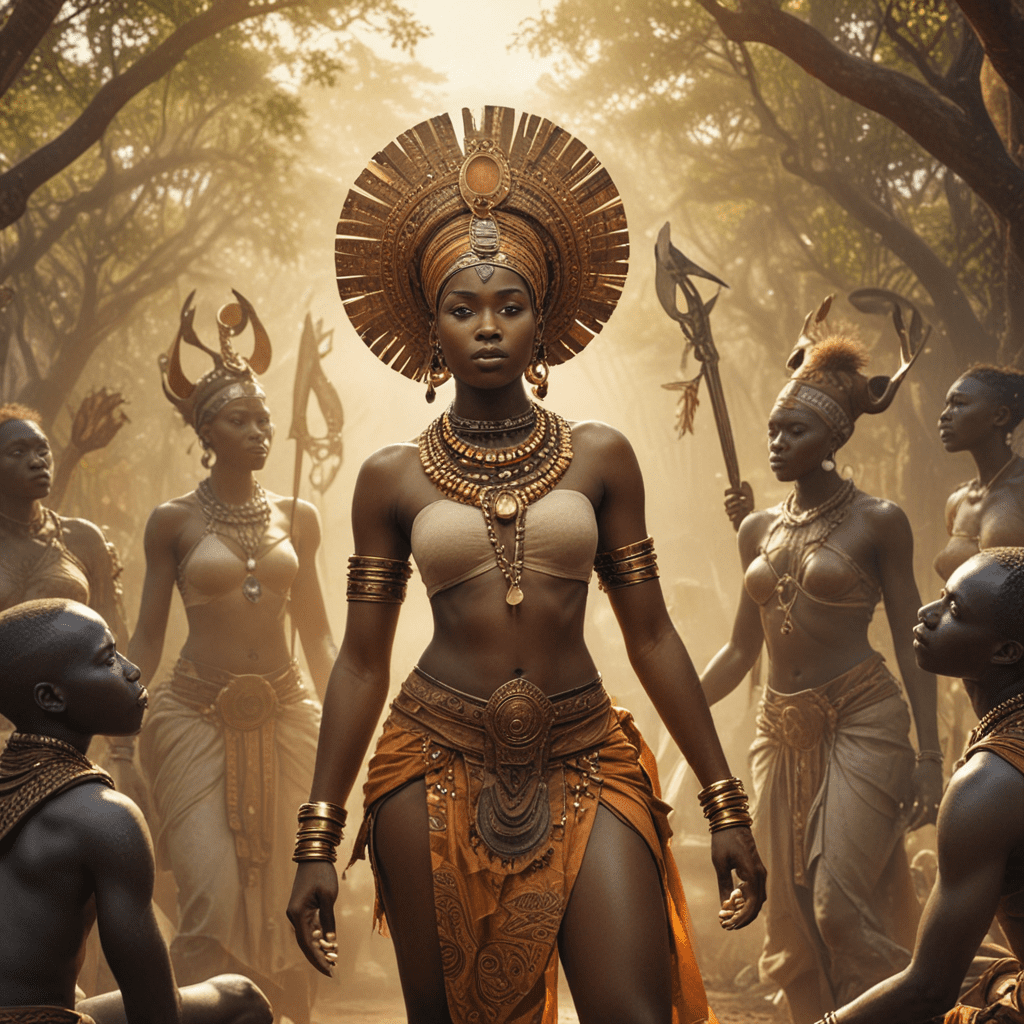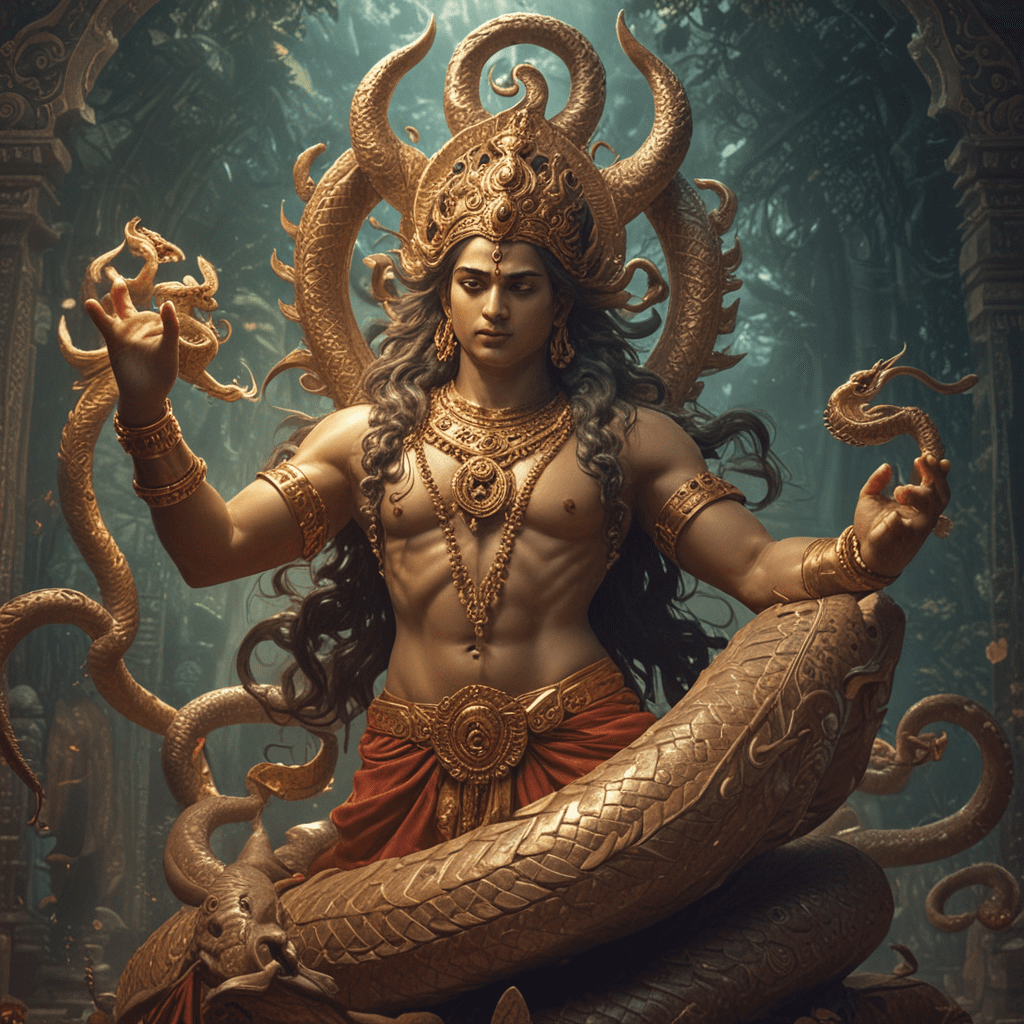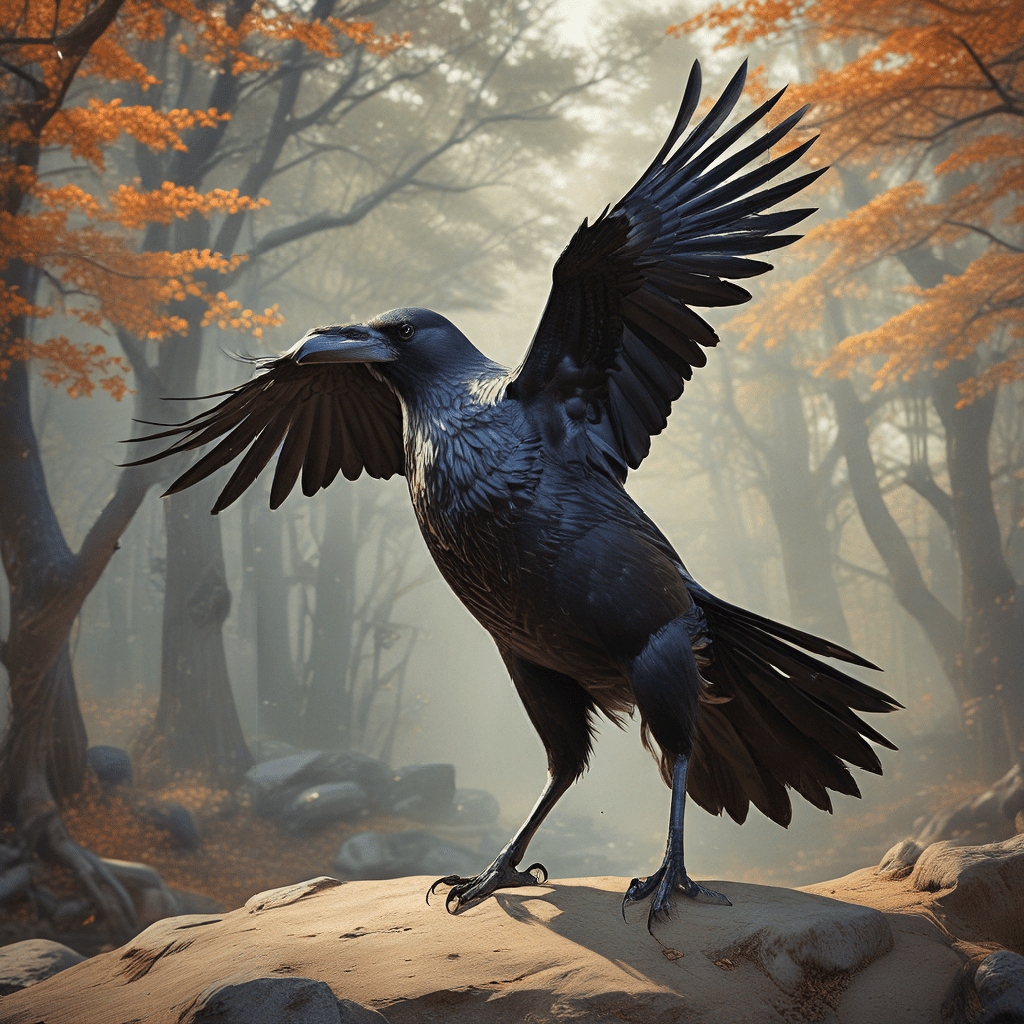Unveiling the Shadows: A Glimpse into Filipino Night Creatures
The Philippines, an archipelago of over 7,000 islands, boasts a rich tapestry of myths and legends, many interwoven with the darkness of the night. From the ancient forests to the bustling cities, tales of creatures of the night have been passed down through generations, shaping the cultural identity of the Filipino people. These stories, often infused with a sense of fear and awe, offer a window into the beliefs, values, and anxieties of the past.
The Realm of the Aswang: A Tapestry of Myth and Folklore
Among the most prominent figures in Filipino mythology are the Aswang, a diverse class of shapeshifting creatures with an insatiable hunger for human blood and flesh. The term "Aswang" is an umbrella term encompassing various horrifying creatures, each with their own distinct characteristics and horrifying ways. Each creature evokes a specific kind of fear, reflecting the varied anxieties of the Filipino people. From the terrifying Manananggal, a vampire with detachable upper torso, to the Tikbalang, a trickster spirit that lures travelers astray, Filipino folklore is rife with these creatures, each playing a crucial role in the intricate tapestry of Philippine mythology.
The Aswang: Shapeshifter of the Night, Vampire of the Philippines
The Aswang, the most iconic creature of Filipino mythology, is a shapeshifter with a chilling penchant for consuming human flesh and blood. These creatures can take many forms, ranging from beautiful women to grotesque beasts, employing various tactics to lure and consume unsuspecting victims. While the Aswang's appearance and methods vary depending on the region and folklore, their appetite for human flesh remains constant, making them a source of dread and cautionary tales throughout the islands.
The Manananggal: The Fearsome Flying Vampire with a Taste for Human Blood
One of the most terrifying subtypes of the Aswang is the Manananggal, a flying vampire that detaches its upper torso, revealing sharp claws and a gaping maw. This creature, often depicted as a grotesque, winged creature, descends upon villages at night, seeking pregnant women and their unborn children as their preferred prey. It is said that the Manananggal uses its sharp claws to tear open the abdomen of its victims, devouring the fetus and leaving behind a bloody mess.
The Tikbalang: A Trickster Spirit that Lures Travelers into the Wilderness
While some creatures of the night are driven by bloodlust, the Tikbalang is more of a trickster spirit, known for leading travelers astray in the dense forests. Usually depicted as a horse-like creature with a human head and a penchant for mischief, the Tikbalang is said to lure travelers with its enchanting voice, leading them deep into the wilderness, often never to be seen again. These spirits are often associated with the forests, representing the wild and untamed aspects of nature, and serve as a reminder of the dangers that lurk beyond the confines of civilization.
The Kapre: Guardian of the Forest, Smoke-Wreathed and Potent
The Kapre, a towering, cigar-smoking giant shrouded in smoke, is a powerful spirit that guards the forests of the Philippines. Known for his immense strength and intimidating presence, the Kapre is said to be a benevolent guardian of the forest, protecting its inhabitants and maintaining its balance. However, he is also known for his mischievous nature and is said to play pranks on unsuspecting travelers, often leading them astray. The Kapre's image reflects the awe and respect the Filipinos hold for the natural world, representing the power and mystery of the forest.
The Nuno sa Punso: Guardian of the Household, Small but Powerful
Unlike the towering Kapre, the Nuno sa Punso, also known as the "Dwarfs of the Hill," are small, gnome-like creatures that are said to be the guardians of the home and the land. Living in mounds of earth, often near the base of trees, these mischievous little guardians are known to cause trouble to those who disrespect their domain. They are often depicted as playful and mischievous, but can also be vengeful if angered. The Nuno sa Punso symbolize the importance of respect for one's environment and the consequences of ignoring the invisible forces at play.
Theories and Interpretations: Origins and Meanings of Filipino Night Creatures
The origins of Filipino night creatures like the Aswang are deeply rooted in the cultural and environmental realities of the Philippines. These creatures are believed to reflect the fears and anxieties of the people, often related to everyday life, the natural world, and the unknown. The shapeshifting nature of many creatures, like the Aswang, represents the constant fear of the unseen, the fear of being deceived, and the potential for harm lurking in the shadows.
One theory suggests that the Aswang figures represent the anxieties surrounding childbirth and mortality, with the Manananggal particularly representing the fear of postpartum complications and infant mortality. The Tikbalang, on the other hand, reflects the dangers of the unfamiliar and the unknowns of the forest. The Kapre, with its imposing presence and connection to nature, symbolizes the power and unpredictability of the natural world. These creatures act as reminders to respect these forces, to be cautious and aware of their surroundings.
The Role of Nature: The Philippines’ Diverse Landscape and its Influence on Mythology
The Philippines, with its diverse landscape of volcanic mountains, dense forests, and sprawling coastlines, has played a crucial role in shaping its mythology. The natural world, with its beauty and inherent dangers, has inspired countless stories of creatures and spirits inhabiting its various domains. The dense forests, with their hidden paths and whispering winds, have become the canvas for stories of the Tikbalang, while the towering mountains, with their volcanic peaks, are associated with the Kapre, a guardian of the natural world. The bustling cities, with their vibrant life and hidden corners, are where the Aswang, with its terrifying shapeshifting abilities, thrives.
The Legacy of the Aswang: Filipino Night Creatures in Contemporary Media and Culture
Filipino night creatures have transcended the realm of folklore, influencing contemporary media, literature, and even modern art. The Aswang, in particular, has become a recurring figure in Filipino horror films, TV shows, and novels. These creatures continue to captivate audiences, reflecting their enduring power and relevance in the cultural landscape.
The stories of the Aswang and other night creatures serve as more than just entertainment; they act as a conduit for cultural transmission, passing down values, beliefs, and anxieties from one generation to the next. They offer a glimpse into the soul of the Filipino people, their relationship with nature, and their enduring fascination with the unknown.
FAQ
Q: What is the most famous Filipino night creature?
A: The Aswang is the most famous and iconic Filipino night creature. It is a shapeshifting creature with a hunger for human flesh and blood.
Q: What is the difference between the Aswang and the Manananggal?
A: The Aswang is a general term for a wide range of shapeshifting creatures, while the Manananggal is a specific type of Aswang that detaches its upper torso to fly and hunt for pregnant women and their unborn children.
Q: What are some other Filipino night creatures?
A: Other Filipino night creatures include the Tikbalang, a trickster spirit that lures travelers into the wilderness, the Kapre, a guardian spirit of the forest, and the Nuno sa Punso, small guardians of the household.
Q: What is the significance of Filipino night creatures?
A: Filipino night creatures reflect the fears, beliefs, and anxieties of the people. They also represent the power and mystery of the natural world.
Q: How do Filipino night creatures influence contemporary culture?
A: Filipino night creatures are featured in contemporary media, literature, and art, captivating audiences and reflecting their enduring power and relevance.



